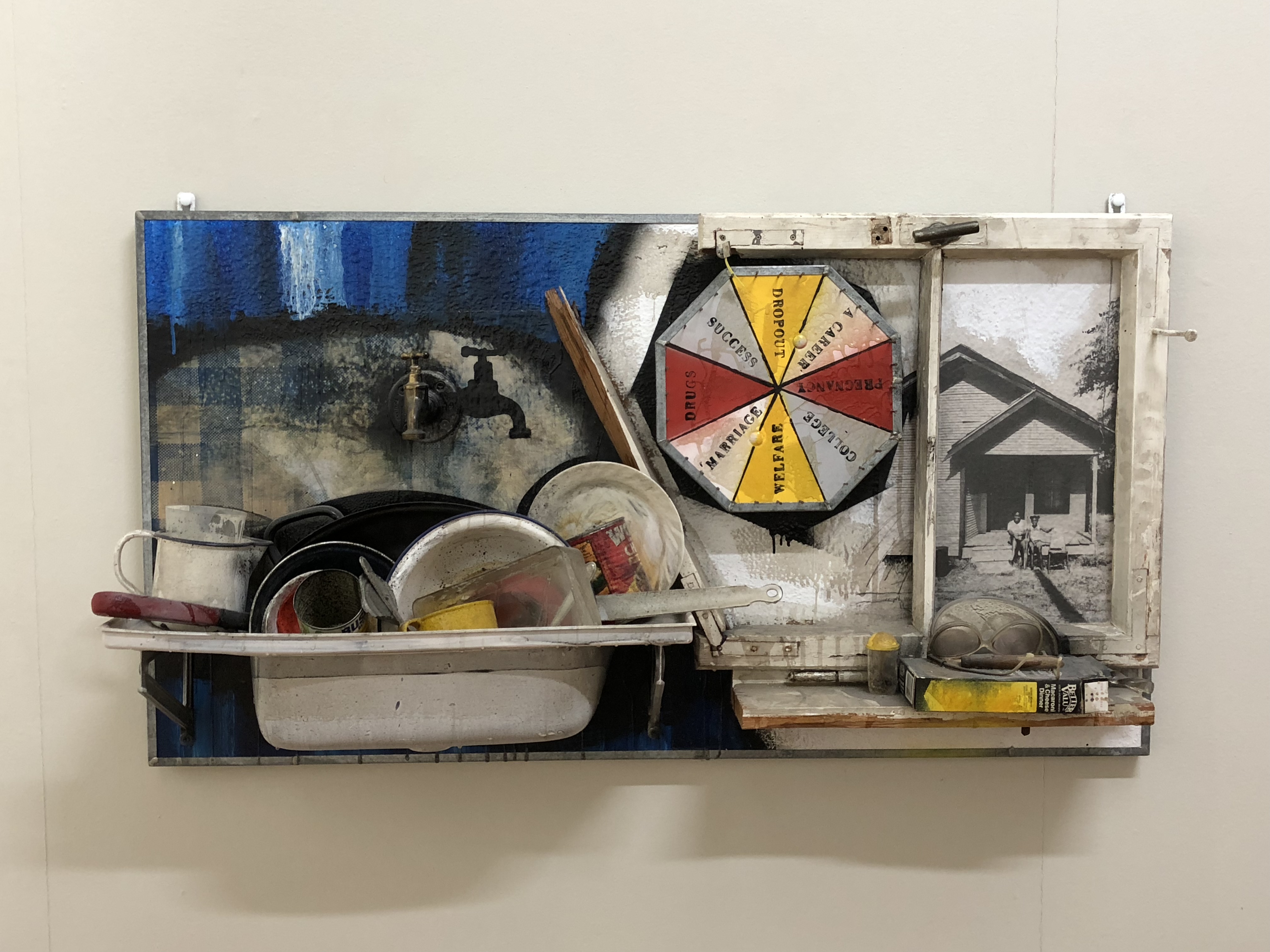
Dublin is a city rich in three of my favorite things: history, art and green spaces. It’s easy to take in all three without leaving the city center. If you only have one day in Dublin, here’s a great whirlwind way to hit the highlights.
St. Stephen’s Green
St. Stephen’s Green is Dublin’s most famous park and its reputation as such is well-deserved. The park has everything: lakes, ducks, flowers, a killer self-guided historical walking tour and plenty of opportunity to people-watch chic Dubliners as they cut across the Green.
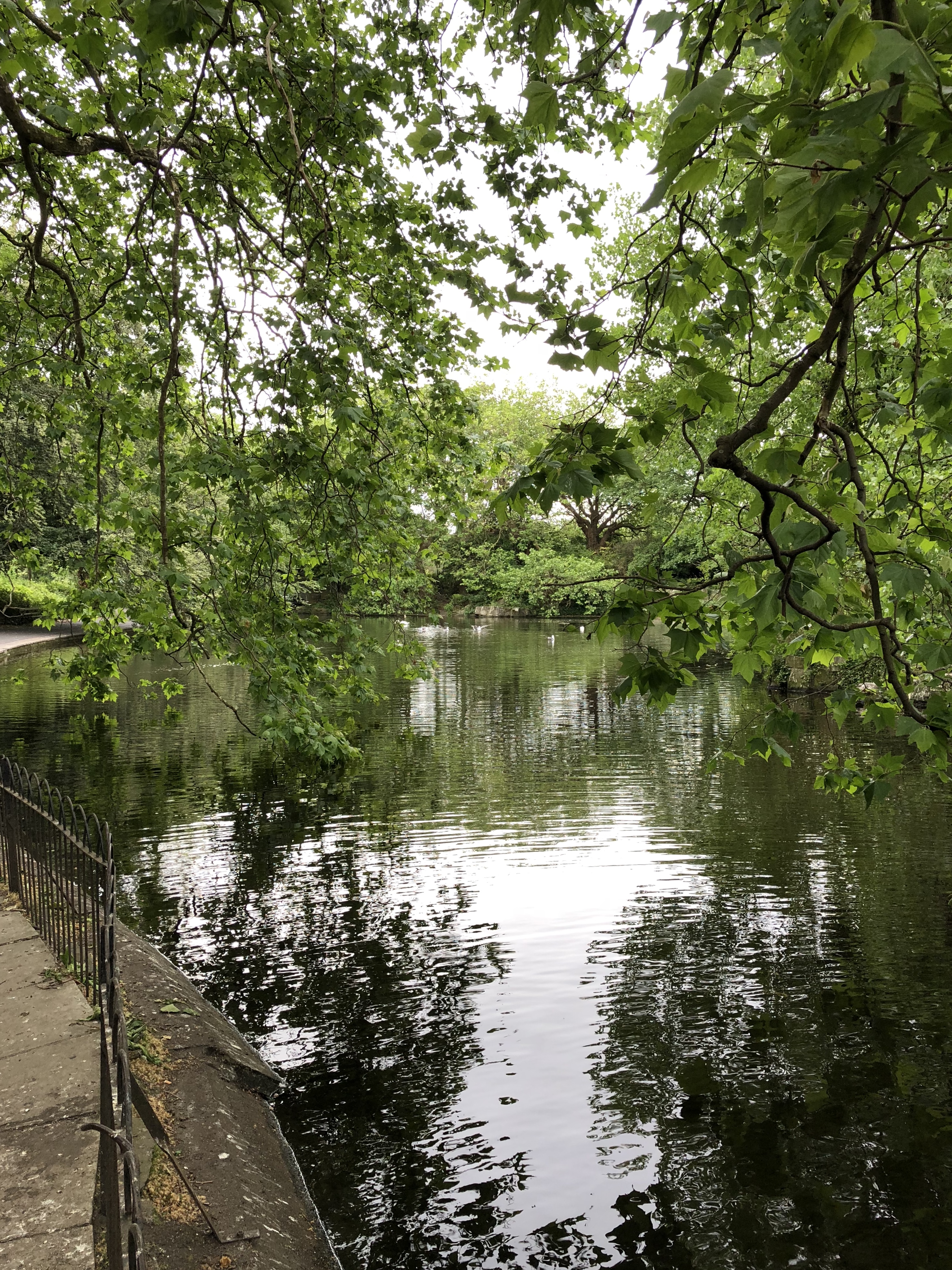
St. Stephen’s Green played an important role in the 1916 Easter Rising. Michael Mallin and Countess Markievicz were in charge of several hundred Irish patriots attempting to hold off British soldiers from recapturing the strategic city park. The battle of St. Stephen’s Green was particularly bloody, but during the course of the week-long Easter Rising, both sides agreed to ceasefires twice a day so the groundskeeper could feed the ducks, one of the most important symbols of the park! Numbered placards mark an informative path through the park, making for a quick and easy way to gain an understanding of the uprising that propelled Ireland towards independence.
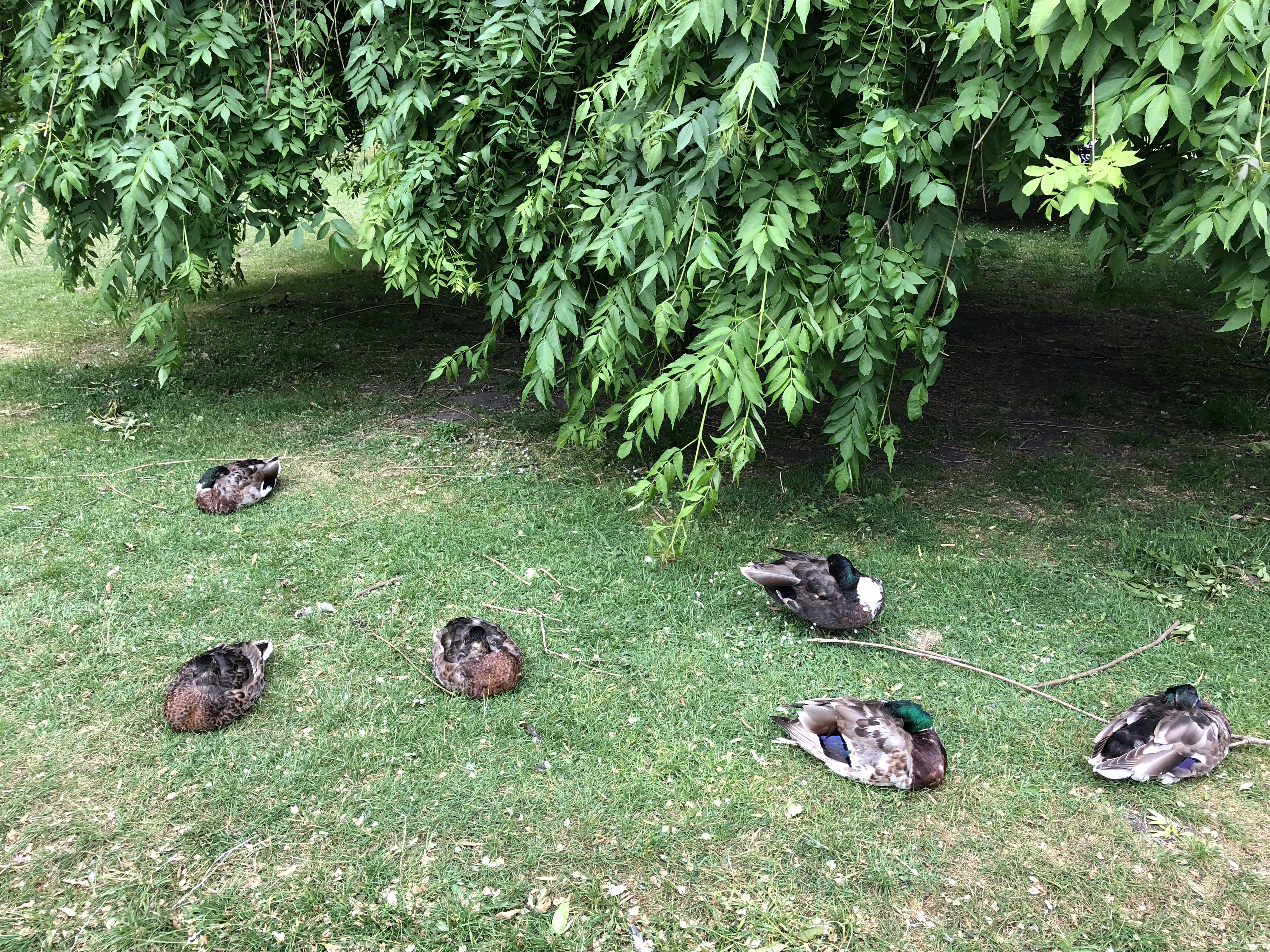
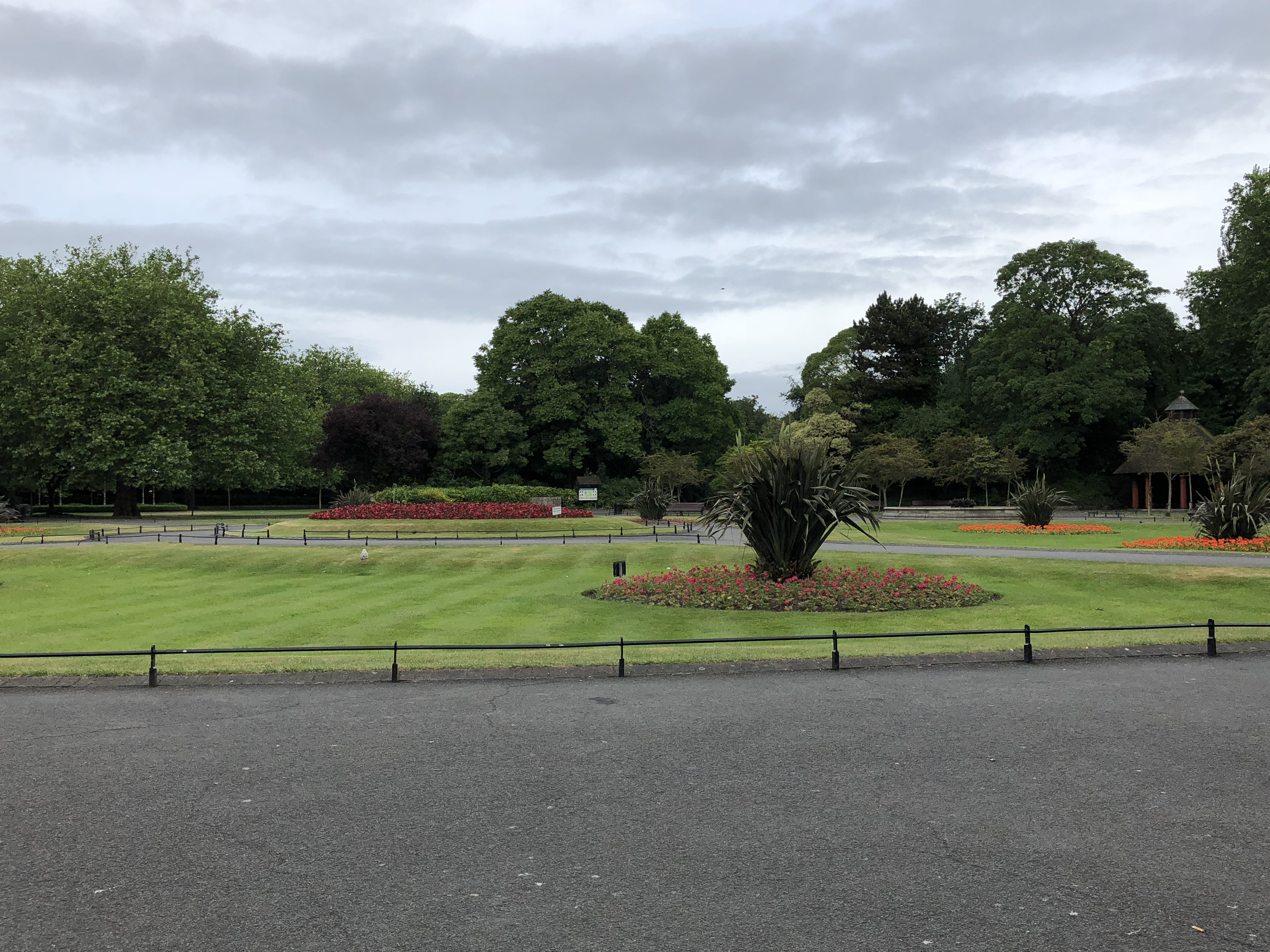
As I go through my photos from Dublin I find myself surprised by the gloomy, overcast skies. I would have testified under oath that everything was sunshine, blue skies and big fluffy clouds during my stay in the city. I guess this is just evidence of the spell Dublin put me under, where I’m even remembering the weather through rose-colored glasses!
The Little Museum of Dublin
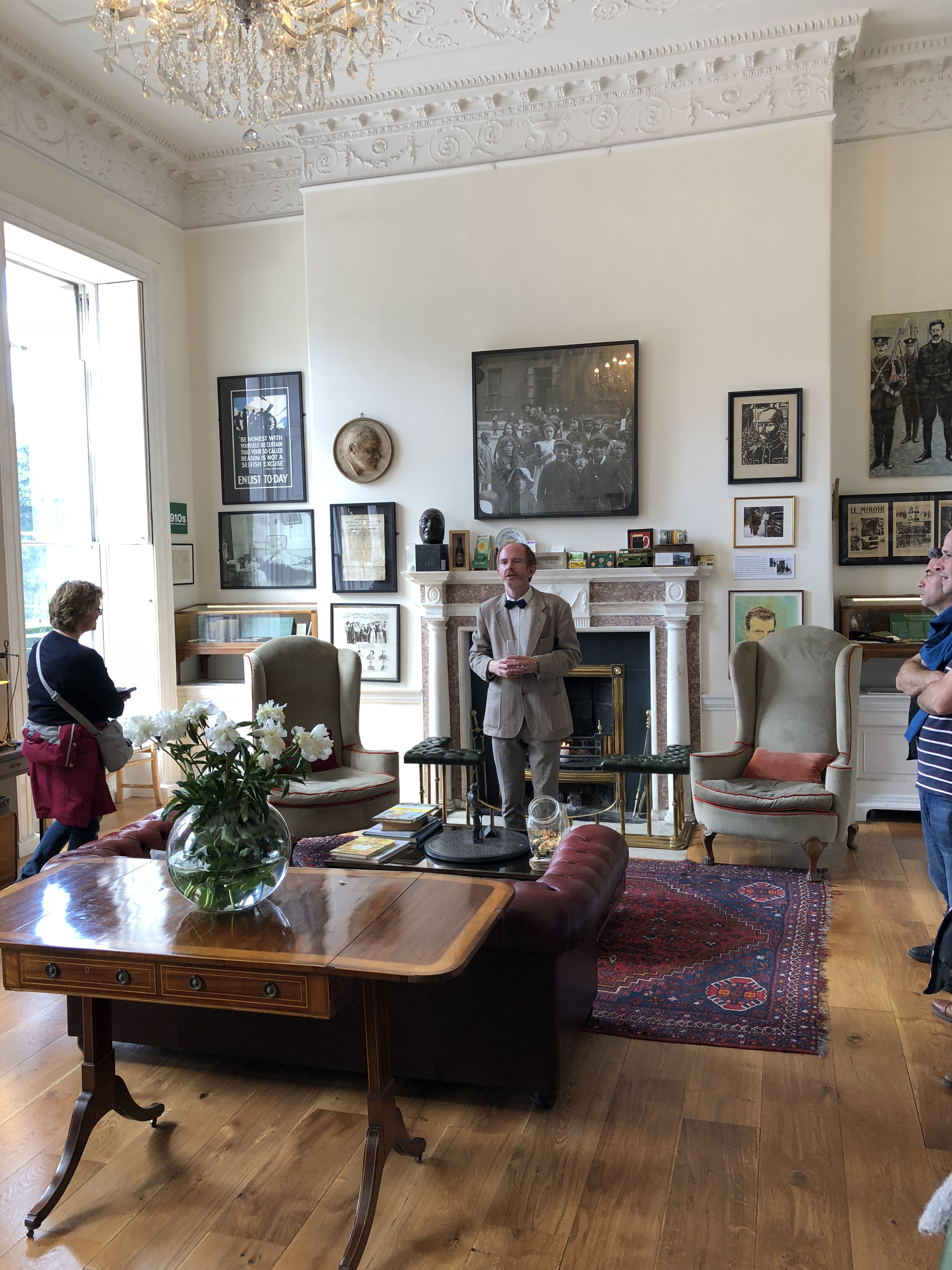
Directly across the street from the northern edge of St. Stephen’s Green is the wonderful Little Museum of Dublin. The museum occupies three floors of a small apartment building; a guided tour is including in the price of admission that promises the history of Dublin in 29 minutes- a promise on which they deliver! The museum focuses on 20th/21st Century history and my guide was extremely charming and funny. Obviously you aren’t going to receive anything too in-depth, but after 29 minutes all the high points will be hit and the information is presented in an accessible way for those who normally wouldn’t gravitate towards signing up for a history lecture.
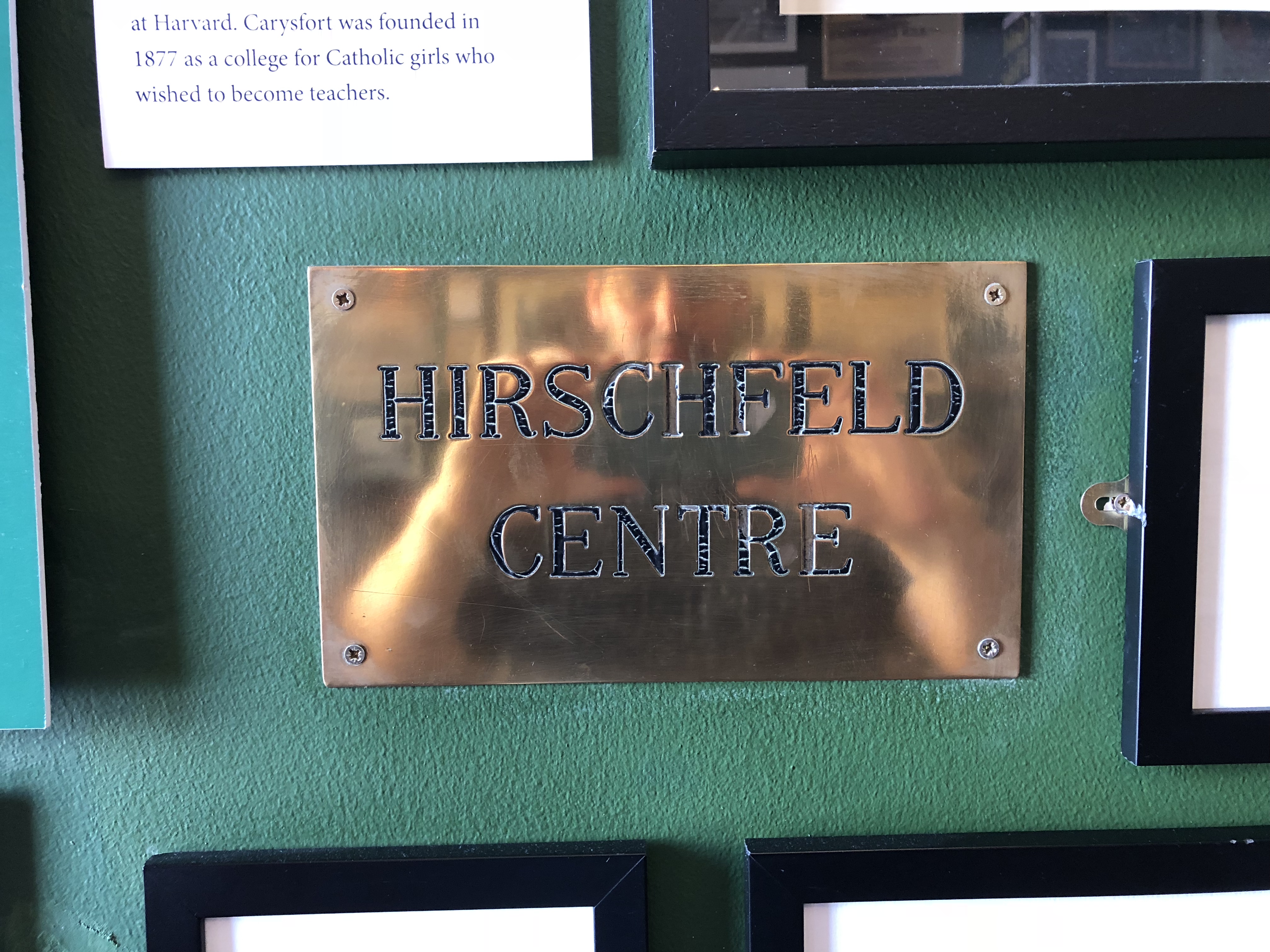
The Hirschfeld Centre opened in 1979 as the home to the National Gay Federation, the first LGBT community center in Dublin (and Ireland). Ireland has had a rocky relationship with gay rights, but in 2015 the nation made history when it became the first country in the world to legalize gay marriage through popular vote. The capital is wildly gay-friendly, with one of the largest pride celebrations in Europe.
The National Gallery of Ireland
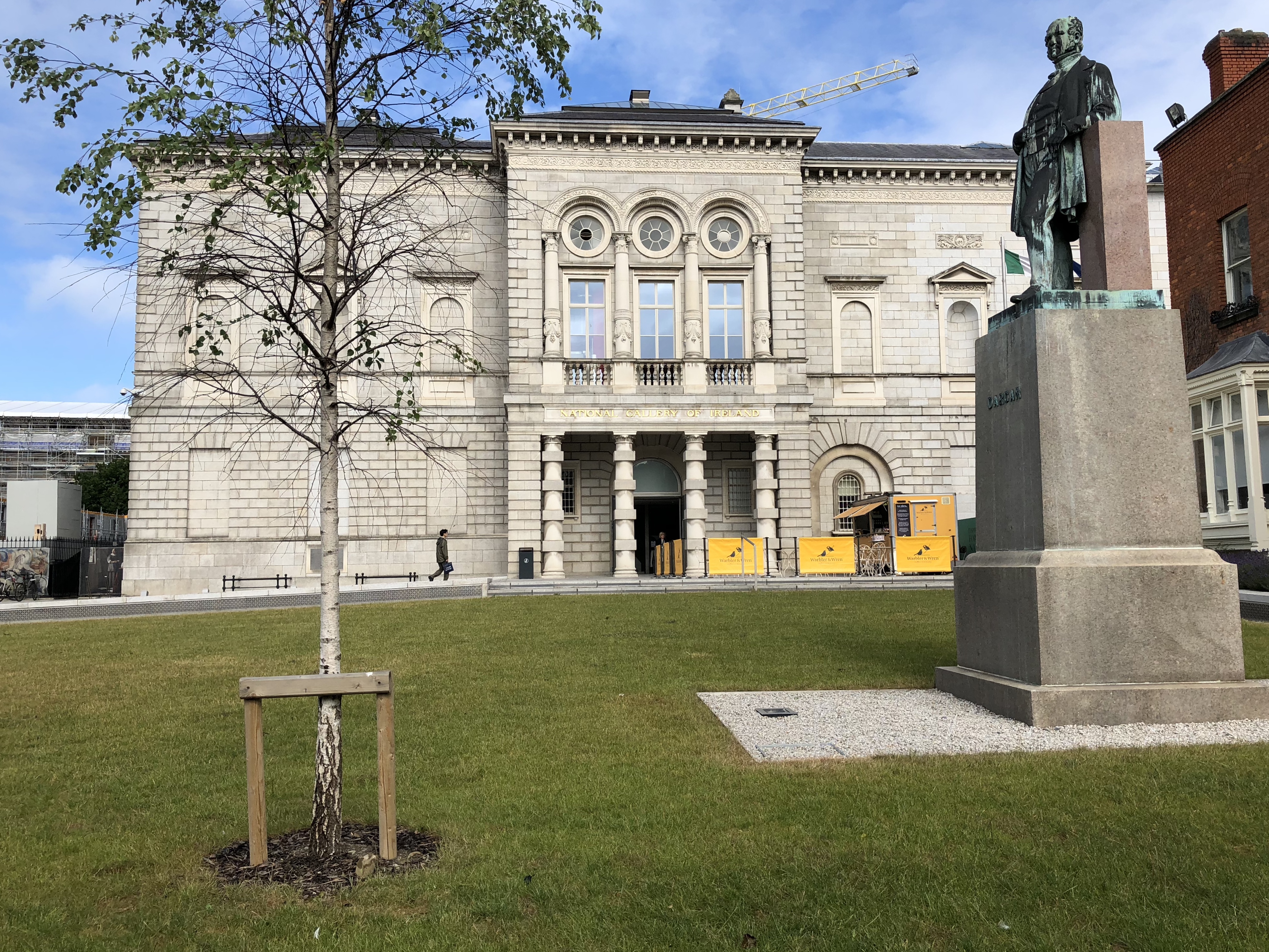
Not far from St. Stephen’s Green and The Little Museum of Dublin is the massive National Gallery of Ireland. Admission to the permanent collection is completely FREE, so even if you’re only popping in for a short visit, you won’t be shortchanging yourself on the price of an expensive ticket. Jack B. Yeats, brother of poet and dramatist W.B. Yeats, is given a rightfully prominent showcase in the National Gallery; his works were easily my favorite in the collection.
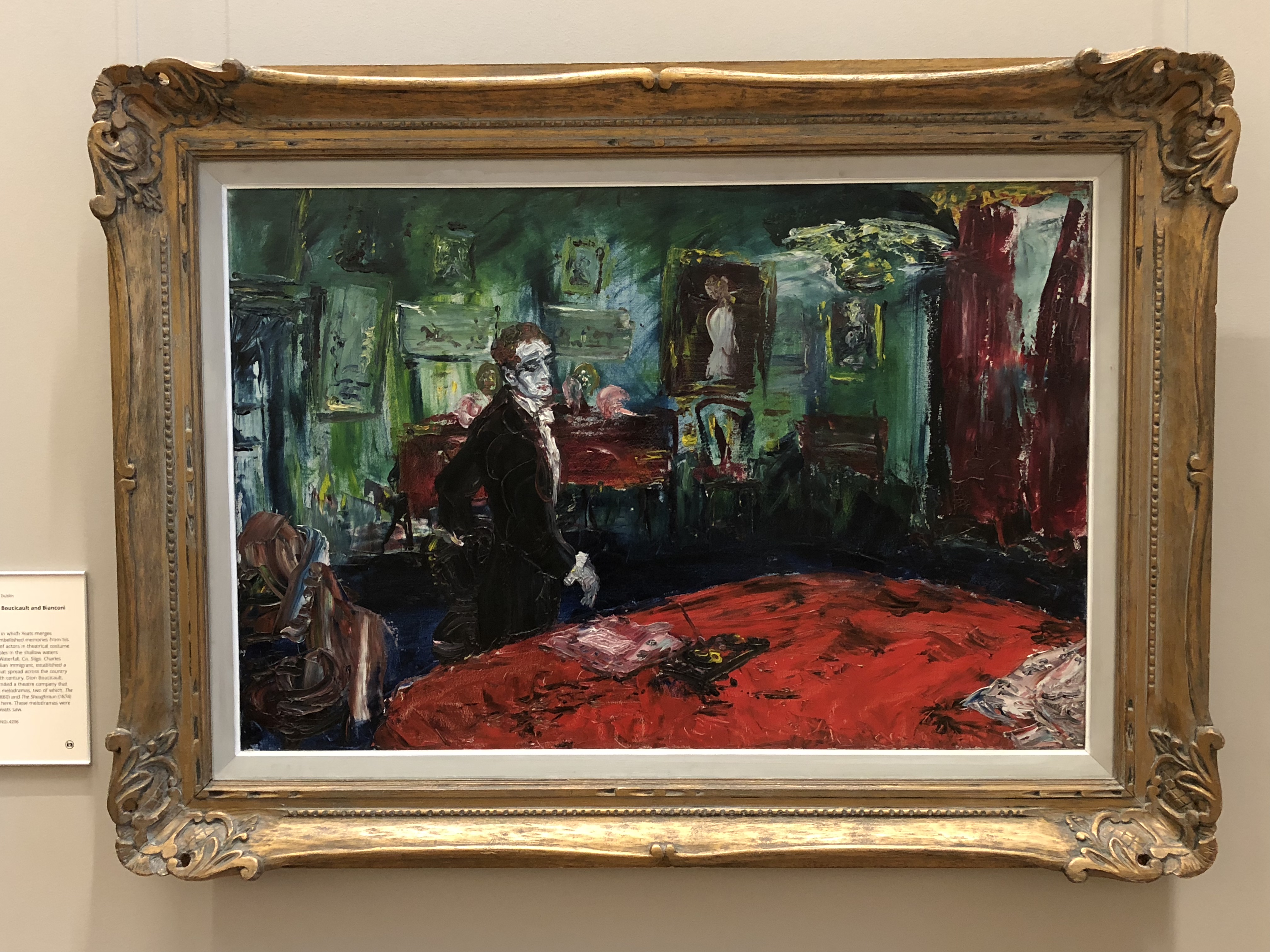
Even if you’re like me and lean towards spending your time in a contemporary art gallery, the physical building itself is worth checking out. Built in 1864, the impressive structure contains several massive exhibition halls over several floors.
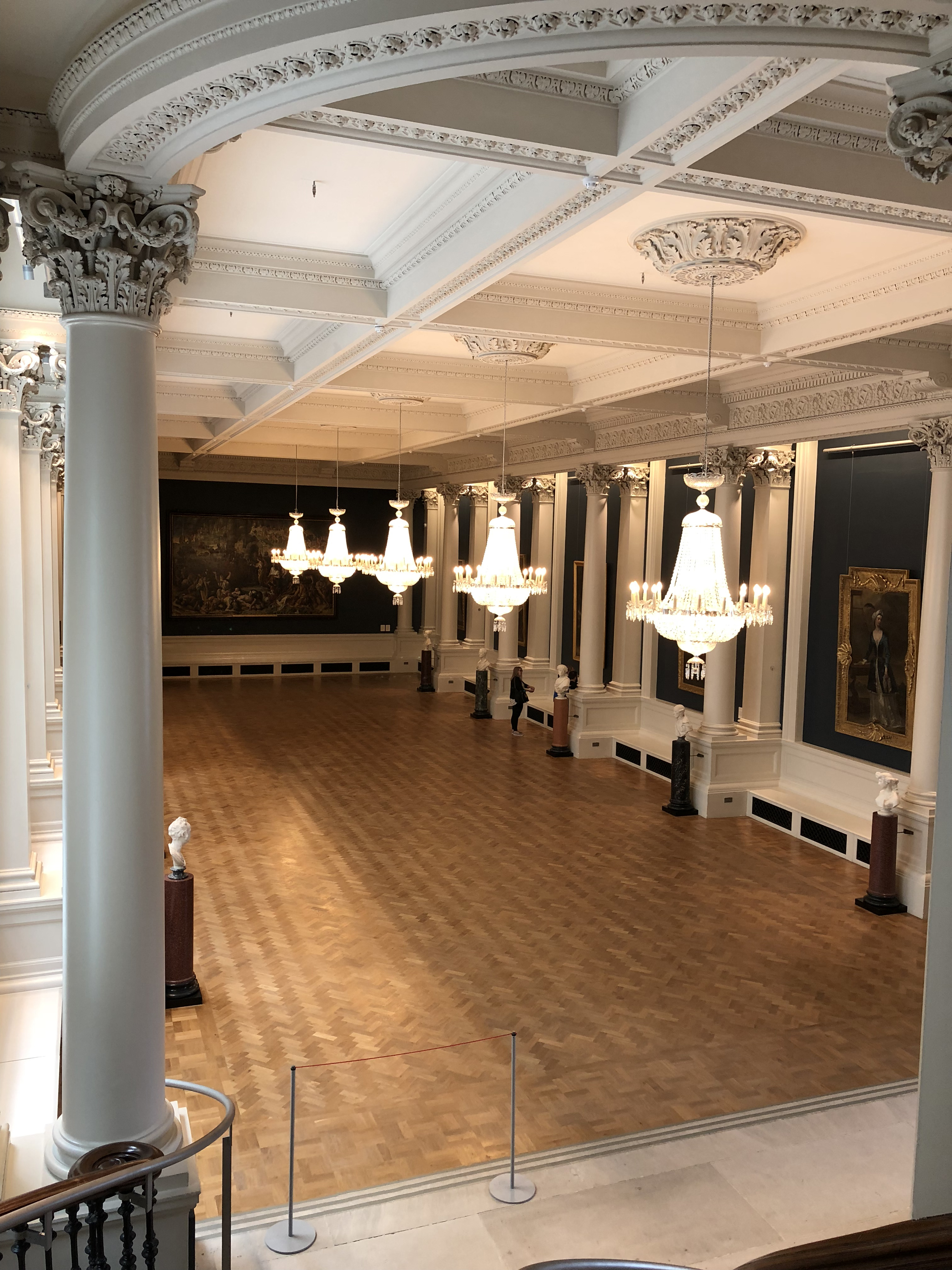
Merrion Square/Oscar Wilde Statue
Across the street from The National Gallery is Merrion Square, another vibrant park in central Dublin. The most famous monument in the Merrion Square is the Oscar Wilde statue, which is surrounded by posts of his wittiest quotes. Wilde was born in Dublin in 1854 and died penniless in Paris at age 46. In between he enjoyed massive success in London as a playwright and poet, but met his downfall when he was convicted and condemned to two years hard labor on account of his homosexuality.
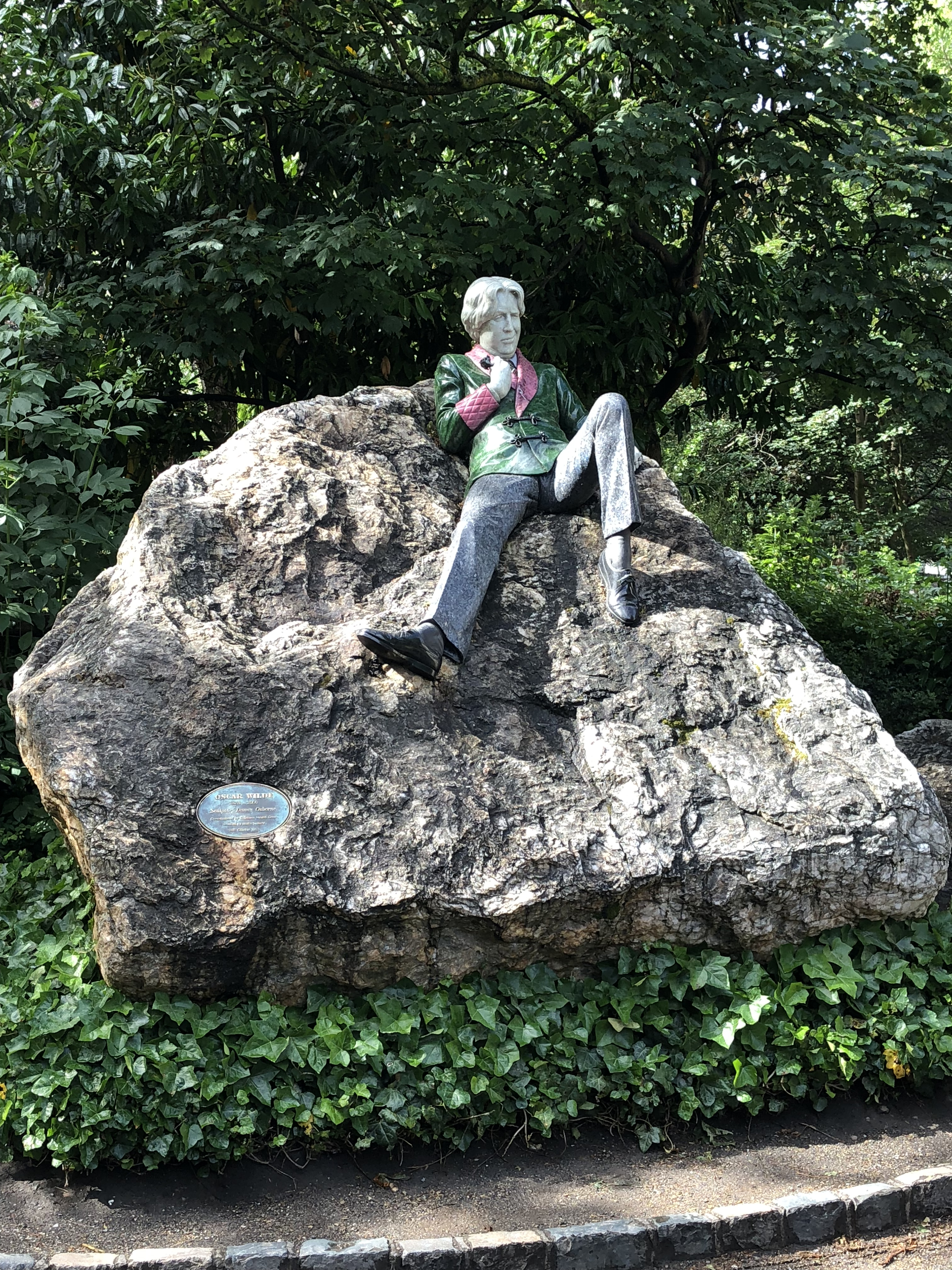
The Hugh Lane Gallery
Hugh Lane opened his namesake gallery in 1908, making it the first public modern art gallery in the world. Admission is always completely FREE (making The National Gallery, The Hugh Lane Gallery and The Irish Museum of Modern Art all free to visit!!). The gallery began as a showcase for Lane’s private collection, but modern pieces are added every year from both Irish and international artists.
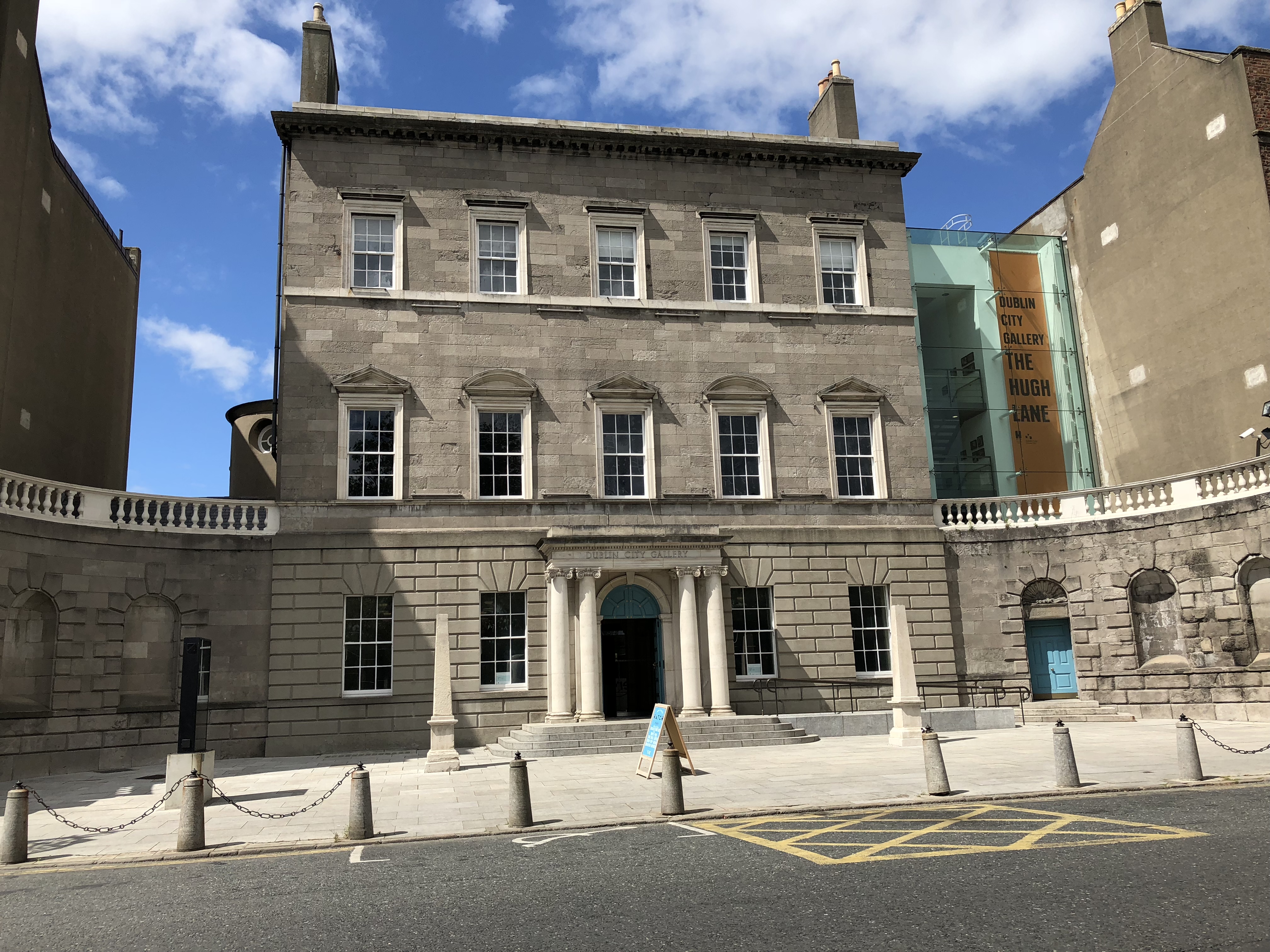
Maybe it is because I am only five years away from turning forty, but I seem to be identifying more and more with Guido and Marcello from 8 1/2 and La Dolce Vita respectively. When I saw Dublin artist Gavin Murphy’s piece “Eulogy to the Blank Page,” it instantly became my favorite piece at The Hugh Lane. Murphy took a section of Guido’s final monologue and sculpted it, word by word, into clear acrylic pieces. The text reads: We suffocate under words, images and sounds, which have no reason to exist, they come from the void and go towards the void. A truly worthy artist should be asked for nothing but this act of sincerity: to educate himself to silence.
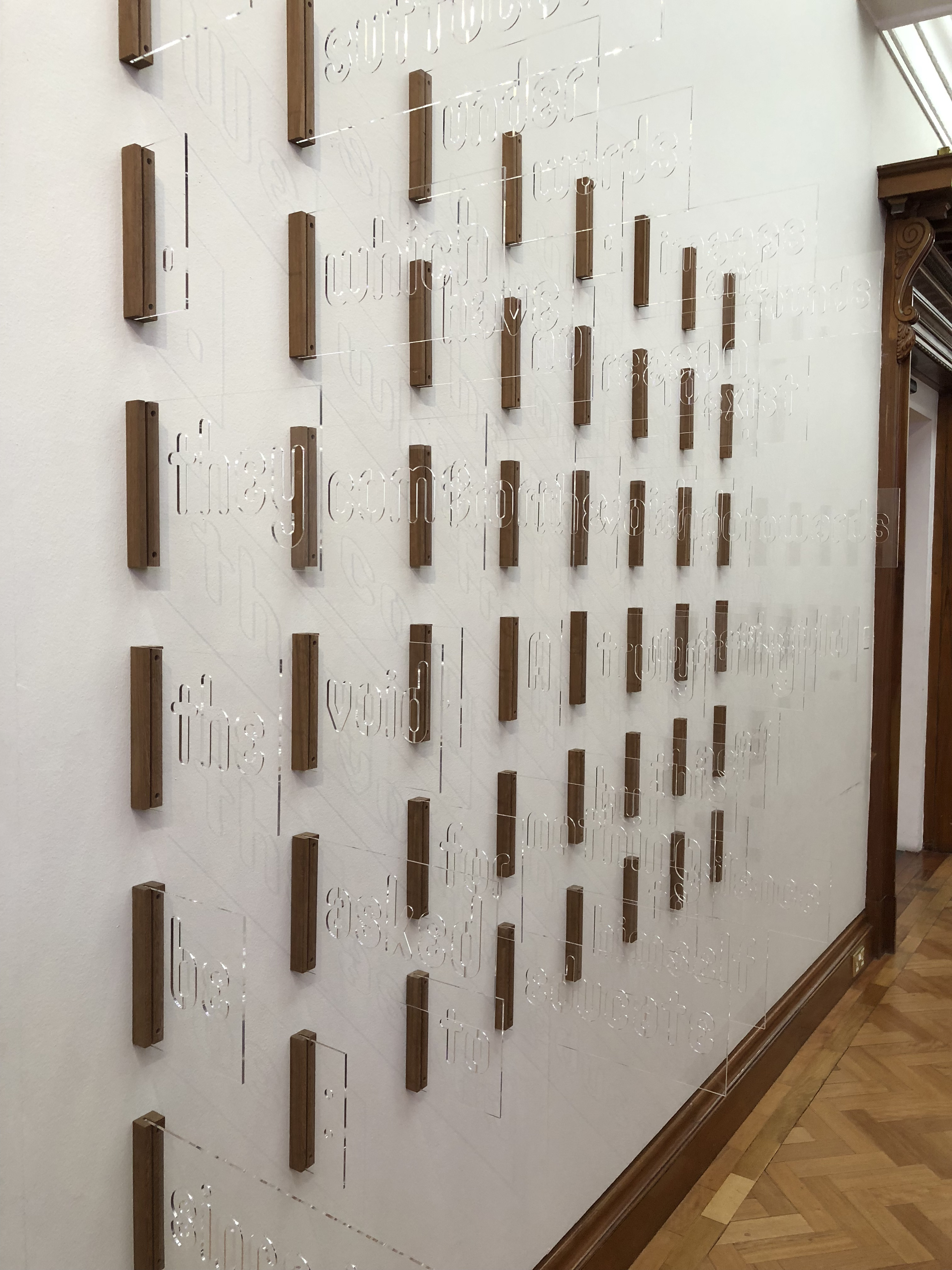
Dublin is worthy of so much more than a single day’s exploration, but if you’re on crunch time, this would be a great way to spend a quick stay in Ireland’s capital. Other than The Little Museum of Dublin, everything I listed here is completely free.


